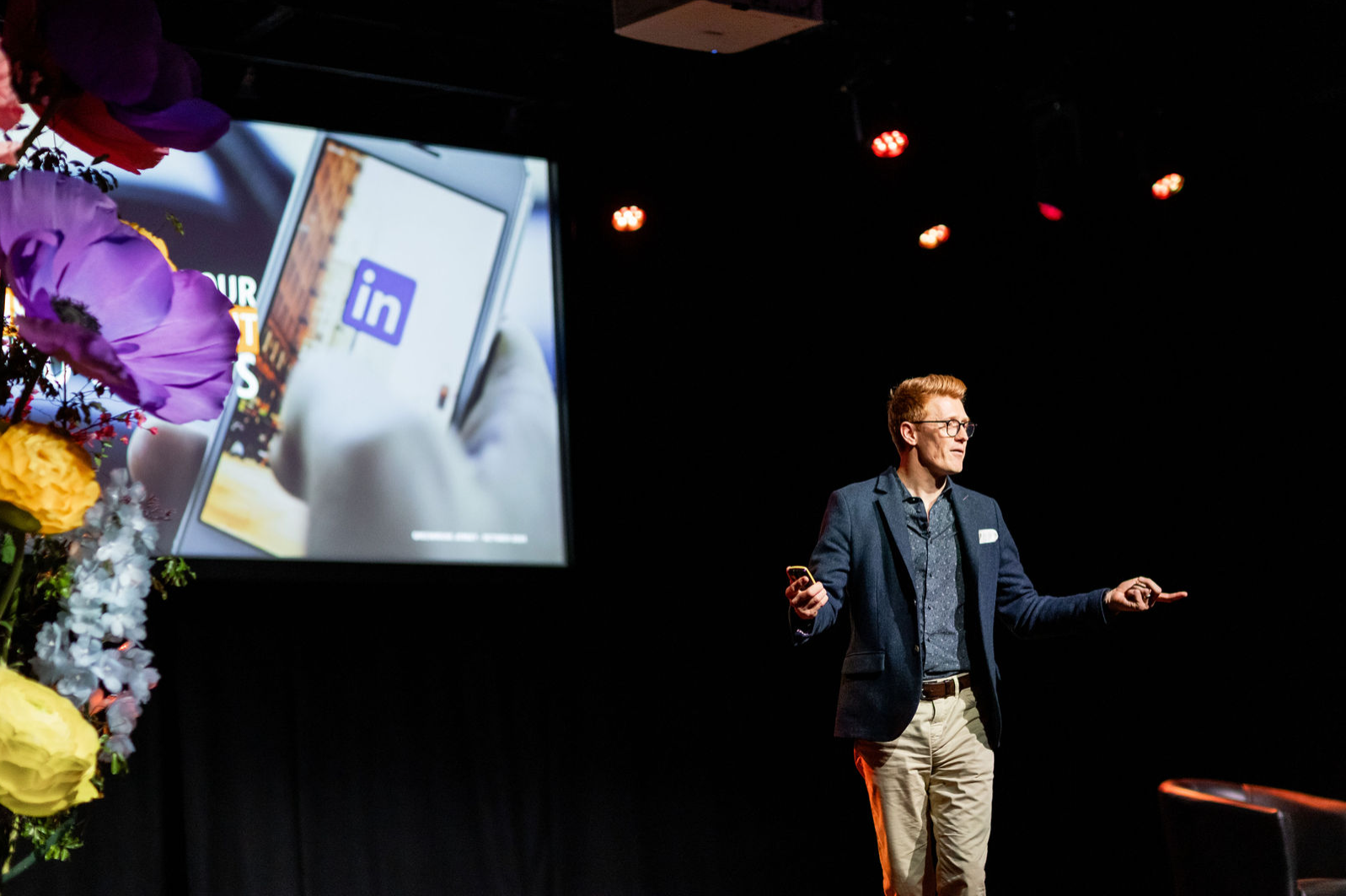Maximizing Your Time on LinkedIn: 8 Practical Tips
Have you ever found yourself aimlessly scrolling through LinkedIn, only to realize you've wasted precious time that could have been spent more productively? You're not alone. Many of us struggle with managing our time effectively on this professional networking platform. But don’t worry — these eight practical tips can help you turn LinkedIn from a time drain into a powerful, efficient tool for business and personal growth.
1. Speak to Yourself First
Before you even open LinkedIn, start with a simple but powerful act: ask yourself why you're logging in. What’s your purpose? What outcome are you looking for?
Priming Your Mindset
This primes your brain to look for what matters. Are you here to post? To connect? To respond to comments? Starting with purpose makes your time on LinkedIn intentional and impactful.
Staying Focused
With clarity on what you're here to do, you're less likely to get pulled into distractions. You won’t waste 20 minutes arguing in the comments of someone else’s post. You’ll focus on what helps you move forward.
2. Set Times for Starting and Stopping
Just like with emails or meetings, if you don’t create boundaries, LinkedIn can consume your day. A simple fix? Schedule time blocks.
Setting Boundaries
Decide when you’ll show up. For example, 30 minutes in the morning to post and reply, and 30 minutes at the end of the day to connect and engage. That’s an hour total — more than enough for most professionals.
Sticking to Your Schedule
Stick to these boundaries. Don’t get sucked into endless scrolling just because you “have a few minutes.” Use a timer or calendar reminder if needed. Time discipline creates freedom elsewhere.
3. Get Your Post Done Early
If content is part of your LinkedIn strategy, then treat it like a priority task — not an afterthought squeezed in between meetings.
Why Post Early?
Writing your post first thing in the morning means you’re giving your best energy to content creation — not your leftover scraps. You can schedule it to go live at an optimal time, but crafting it early sets you up for a strong day.
Engaging with Your Audience
Once your post goes live, be present. The first 30 minutes of a post’s life are key for visibility. Comment replies signal engagement, which helps more people see your post. Engagement isn’t just an algorithm win — it’s a relationship builder.
4. Connect with New People
Your network is your net worth. But too many people stop expanding their network once they have “enough” connections. Don’t.
Finding New Connections
Look at who’s commenting on your posts. See who’s viewed your profile. Check who liked your recent video. These people are warm leads for connection — don’t let them go cold.
When you send a connection request, personalize it. A simple “Saw you liked my recent post on [topic] — would love to connect!” can go a long way.
Building Relationships
After connecting, follow up. Send a short message. Comment on their posts. Show up. Because the goal isn’t just to grow a big network — it’s to grow a valuable one.
5. Know What You're There to Do
Treat LinkedIn like you would a gym session or a sales call — with a plan.
Be Goal-Driven
Before each session, ask: What do I want to achieve in this time block? It might be to publish a post, comment on five target accounts, or follow up on DMs.
Track Your Results
If you’re using LinkedIn for business development, measure your results. How many conversations did you start this week? How many turned into calls or leads? Don’t just be active — be effective.
6. Use the Notifications Tab Efficiently
Don’t rely on the home feed to guide your attention. Instead, go to the Notifications tab — it's a goldmine.
Prioritize Conversations
The Notifications tab shows you who engaged with your content. Reply to those people. It’s a faster, more focused way to continue conversations than scanning the full feed.
Jump Into Opportunities
Notifications also highlight when people in your network are posting. Use that to comment, stay visible, and support others — in less time.
7. Repurpose and Reuse Smartly
Creating content is time-consuming. So don’t reinvent the wheel every time.
Reuse What Works
If a post worked well two months ago, update and repost it. If a comment you left on someone’s post sparked discussion, turn it into a standalone post. Work smarter, not harder.
8. Log Out When You're Done
This is the simplest and hardest habit: close the tab or app when your LinkedIn time block is done.
Protect Your Focus
LinkedIn is a great tool, but it’s not your job. Logging out reduces the temptation to “just check” and keeps you focused on your real priorities. You don’t need to be online 24/7 to win.
Final Thoughts
LinkedIn is a powerful platform — but only if you use it intentionally. By following these eight practical tips, you can turn your time on LinkedIn into a structured, productive, and strategic part of your day.
Don’t aimlessly scroll. Set a plan. Show up with purpose. And get results that match the time you’re putting in.
APPLY FOR THE LINKEDIN CLIENT ACCELERATOR
To ensure the best fit and deliver optimal results, interested individuals are required to apply for the LinkedIn Client Accelerator. This personalized approach allows us to understand each participant's unique goals and determine if the program can effectively support your growth on LinkedIn.


